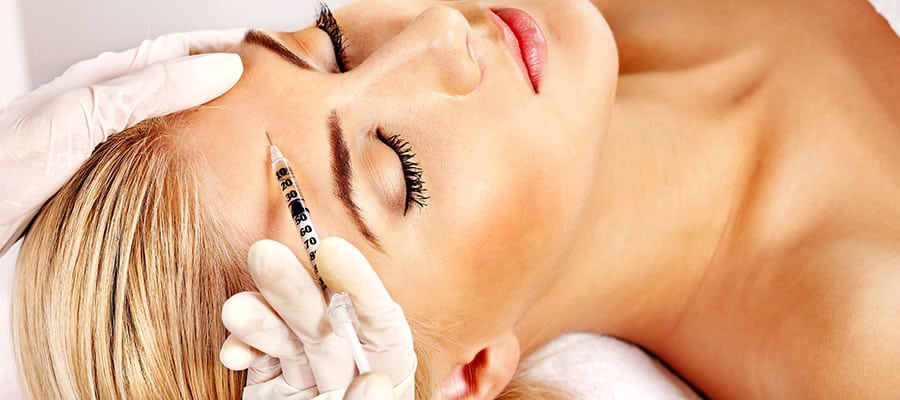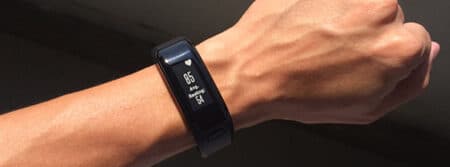Dermal Filler Side Effects and Risks
Dermal fillers are an effective way to reduce the signs of ageing and enhance facial features such as lips. This article addresses some dermal filler side effects, risks, and considerations.
Dermal filler injections can be used to reduce lines such as crow’s feets and frown lines. Fillers can also be used to plumpen the lips, cheeks, and chin. Regardless of your goals, prior to any treatment, you will receive a consultation with our doctor or prescribing nurse. This is an excellent opportunity for you to ask questions and address any concerns you may have about dermal fillers treatments.

Dermal fillers are becoming more and more popular. In 2016, this industry saw a 16 percent increase in sales. Like Botox, dermal fillers erase wrinkles and other signs of ageing. They also plump up the lips and reduce scarring.
This treatment can give you a more youthful look and take years off your face. The results are immediate and last for over 12 months. Dermal fillers can be also used for lifting your jawline, chin, and cheeks. Unfortunately, these benefits come at a price. The side effects of dermal filler injections are more severe than those of Botox.
Dermal Filler Side Effects
Dermal filler side effects are often rare and shortlived, however, patients can experience mild or moderate adverse reactions, such as redness, numbness, itching, and bruising. In rare cases, this treatment may cause blindness, blue-tinged flesh, and facial collapse. Other potential side effects include:
- Granulomas
- Nodules
- Bumps
- Cysts
- Allergic reactions
- Skin cell death
- Tissue necrosis
Most times, these adverse reactions are caused by improper dosage or incorrect injection technique. For example, if the filler is injected into a blood vessel, it may lead to complications.
Both dermal fillers and Botox have minimal side effects. Severe reactions are rare. Before receiving treatment, discuss with a specialist. Let him know if you smoke or have underlying diseases.
Also, tell him what medications and supplements you’re taking. The ingredients in prescription drugs and other medicines can interact with Botox. Blood thinners, for instance, may increase bruising at the site of injection.
If you’re in good health, these procedures are unlikely to cause any harm. Additionally, most side effects go away within hours. To stay safe, choose an experienced plastic surgeon.
Related Articles

Designer Vagina Treatment
Information on the non-surgical vagina lift A designer vagina is a name given to a non-surgical vagina tightening treatment. FemiWand...
Get healthy skin through food
The age-old adage infers that we are what we eat. There is much wisdom to the saying. After all, what...
Fat Loss Birmingham
A practical guide to weight loss in Birmingham Living in Britain’s second city, it can sometimes be difficult to find...1,000,000
Customers
Felt so comfortable and welcome. Explained in detail about my treatment and took the time to interact.
Very professional and friendly. The HIFU treatment was very comfortable and I felt relaxed.
Have more appointments booked so looking forward to my next visit.
Thank you again you are absolutely fantastic 😀
She was very attentive and knowledgeable
 close
close






